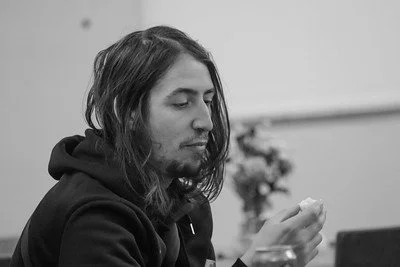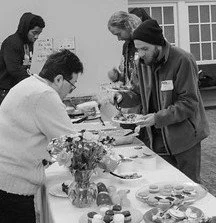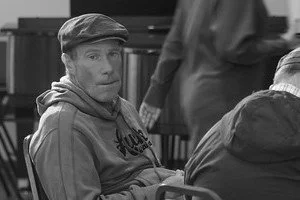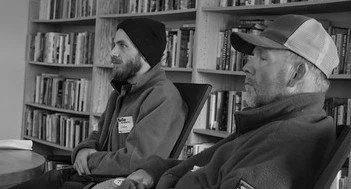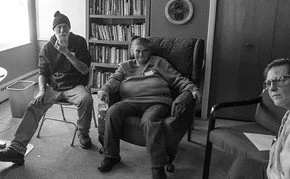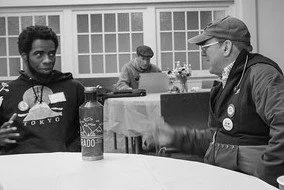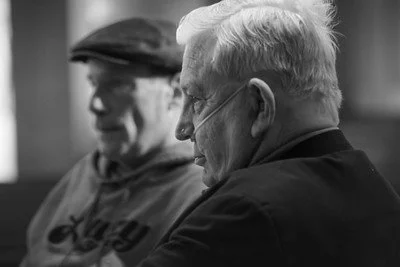
Re-imagining Community
Falling in Love with One Another and to What End?
November 16, 2024
People began to gather. Some came from homes. Some came from the street.
This teaches us how fundamental place is to well-being. Through this lens, people who are safely housed can begin to connect with the stories of people who are unhoused. The task involves more than simple grief for another's woes — homelessness is a separate experience of place. When we grasp the fundamentals of the psychology of place, we can identify all the ways in which a person's life paths have shaped their experience, leading us to the ability to have a real conversation.
— Mindy Thompson Fullilove
Psychology of Place
There was laughter and the quiet rumble of conversation. As a group, we told stories, of gifts and struggles, of hopes and torment. Dividing into smaller groups, we heard more intense storytelling. In the one I was in people listened to one another, seeking for healing, for feelings of respect and indignation. There was anger and there was love.
Experience
— Michael Mather
I worked with a group over the past couple of years to try to understand NIMBYism and what it's all about. How can a small group of malcontents override the wishes of the vast majority of a neighborhood? What are the NIMBYists really afraid of? Is it a form of Xenophobia, and, if so, how does one overcome that? How can one reach these folks?
— Don Burnes
NIMBYISM?
Relationship and community is everything.
We are exploring doorways to love and respect, as we acknowledge each others’ humanity.
— James Encinas

